Evaluating the Safety, Hazards, and Risks in Your Organization’s Physical Environments
Business Resilience Decoded
APRIL 13, 2023
Episode 144: Evaluating the Safety, Hazards, and Risks in Your Organization’s Physical Environments When was the last time you evaluated the threats to your physical environment? The local climate and weather patterns, access to strong internet and cell phone service, and political risks are all impacted by your geography.


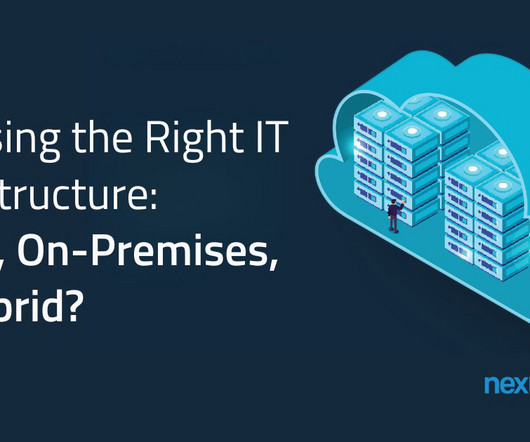
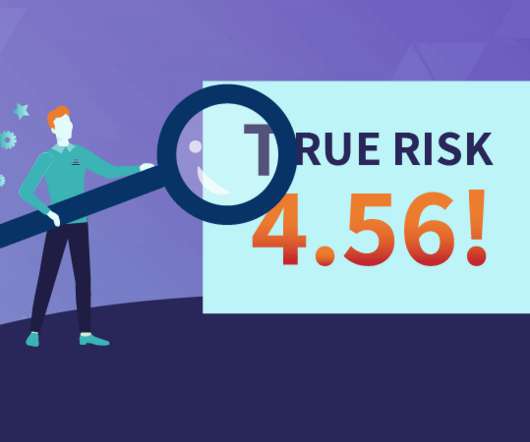


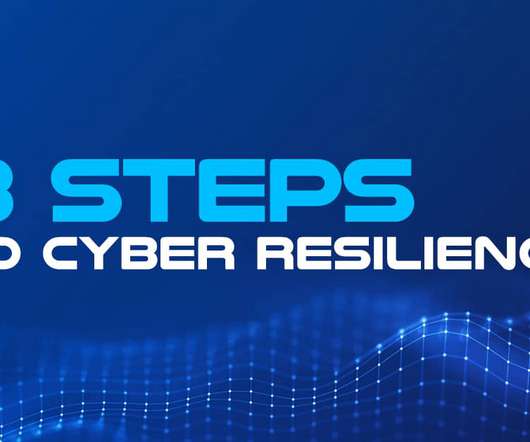








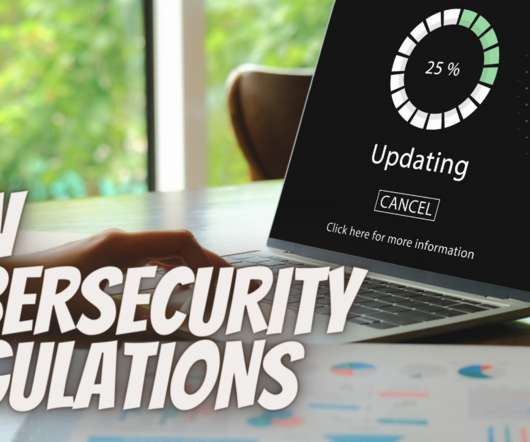

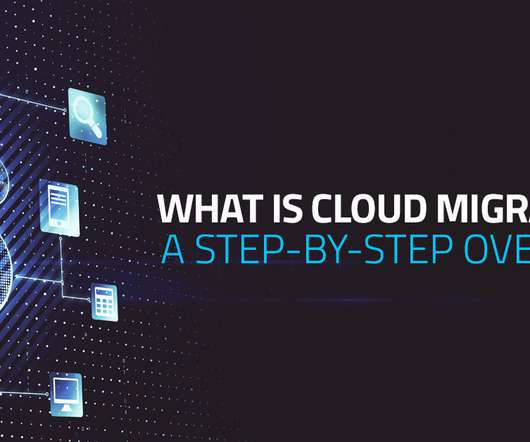















Let's personalize your content